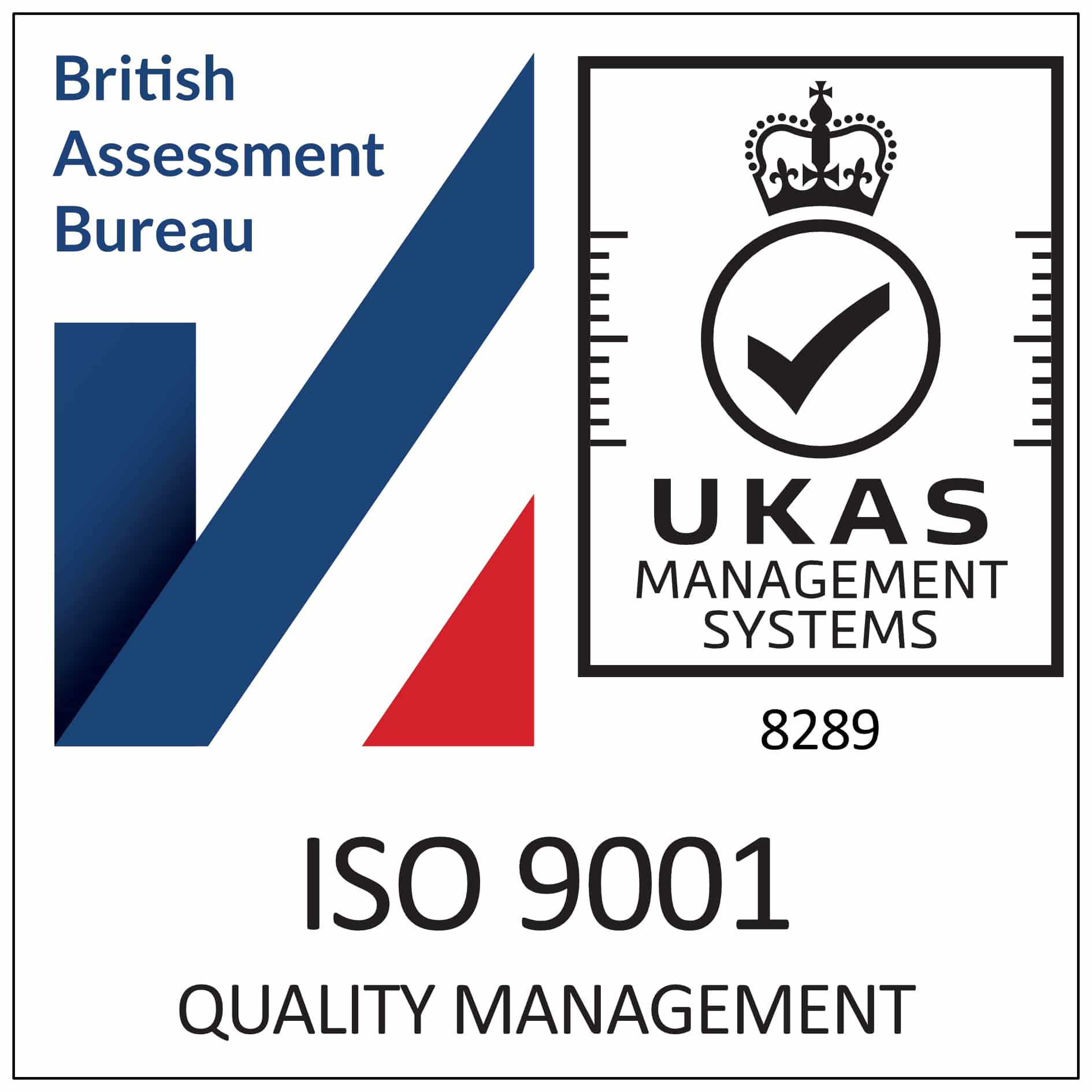Change is the only constant in the dynamic business landscape, and the ability to adapt is a hallmark of successful organisations. However, the mere mention of change can often evoke apprehension and resistance among employees. To avoid the stigma associated with change, businesses must cultivate a culture where fresh workflows are not just welcomed but normalised. In this blog post, we’ll explore strategies for keeping workflows dynamic and instilling a change-friendly culture throughout the organisation.
Understanding the Stigma of Change
Change, be it in processes, technologies, or strategies, is often met with resistance. Employees may perceive change as a threat to job security, a disruption to their routine, or an additional burden on their already demanding workloads. To create a workplace where change is embraced, business leaders must acknowledge and address these concerns.
Communication is Key
Transparent communication is the bedrock of successful change management. Employees need to understand the reasons behind the changes, the benefits they bring, and how they fit into the broader organisational goals. Frequent and open communication fosters a sense of inclusivity, making employees feel like active participants rather than passive recipients of change.
Empathy in Leadership
Leaders play a pivotal role in shaping the perception of change. Empathetic leadership involves understanding and acknowledging employees’ concerns, providing support, and actively involving them in the decision-making process. This human-centric approach helps in building trust and mitigating the fear associated with change.
Keeping Workflows Fresh A Continuous Evolution

Encourage Innovation
Actively encourage a culture of innovation where employees feel empowered to suggest and implement improvements. Whether it’s a small tweak to a process or a radical shift in strategy, creating an environment that values and rewards innovation promotes a mindset where change is seen as an opportunity rather than a threat.
Invest in Training and Development
Keeping workflows fresh often involves acquiring new skills and competencies. Investing in continuous training and development not only ensures that employees stay updated but also communicates a commitment to their growth. Training programs should be designed to equip employees with the skills needed for the evolving demands of their roles.
Foster Cross-Functional Collaboration
Break down silos within the organisation by fostering cross-functional collaboration. When employees from different departments collaborate, they bring diverse perspectives to problem-solving and innovation. This cross-pollination of ideas not only keeps workflows fresh but also builds a more agile and adaptable workforce.
Normalising Change Culture

Celebrate Successes
Acknowledge and celebrate the successes that arise from change initiatives. Recognising and rewarding the efforts of individuals or teams involved in successful implementations creates a positive feedback loop. This reinforces the idea that change is not just inevitable but can lead to positive outcomes for both the organisation and its employees.
Create Change Champions
Identify and nurture change champions within the organisation. These individuals are passionate about innovation and serve as advocates for change. Empower them to share success stories, mentor colleagues, and contribute to a culture where adaptation is viewed as a strength rather than a challenge.
Feedback Mechanisms
Establish clear and accessible channels for feedback. Employees should feel that their opinions are valued and that they have a voice in the decision-making process. Regularly seeking feedback on changes and acting upon it helps in refining strategies and making employees feel heard and involved.
Case Study - Spotify's Agile Approach to Change
An exemplary case of normalising change culture is seen in Spotify’s agile approach. The company embraces a dynamic model where squads, tribes, and guilds work collaboratively, fostering a culture of experimentation and continuous improvement. By breaking down traditional hierarchies and encouraging an open exchange of ideas, Spotify has created an environment where change is not just accepted but embraced as a core part of the company’s DNA.
Embracing the Future
In a world where the only constant is change, businesses cannot afford to be stagnant. Instead of viewing change as a disruptive force, it should be seen as an integral part of growth and progress. By fostering a culture that not only accepts but normalises change, businesses can create an environment where employees are resilient, innovative, and ready to embrace the future with open arms.
The key lies in consistent communication, empathetic leadership, and a commitment to continuous improvement. As businesses navigate the complexities of an ever-evolving landscape, the ones that champion change as a strategic advantage will undoubtedly thrive in the face of uncertainty.




